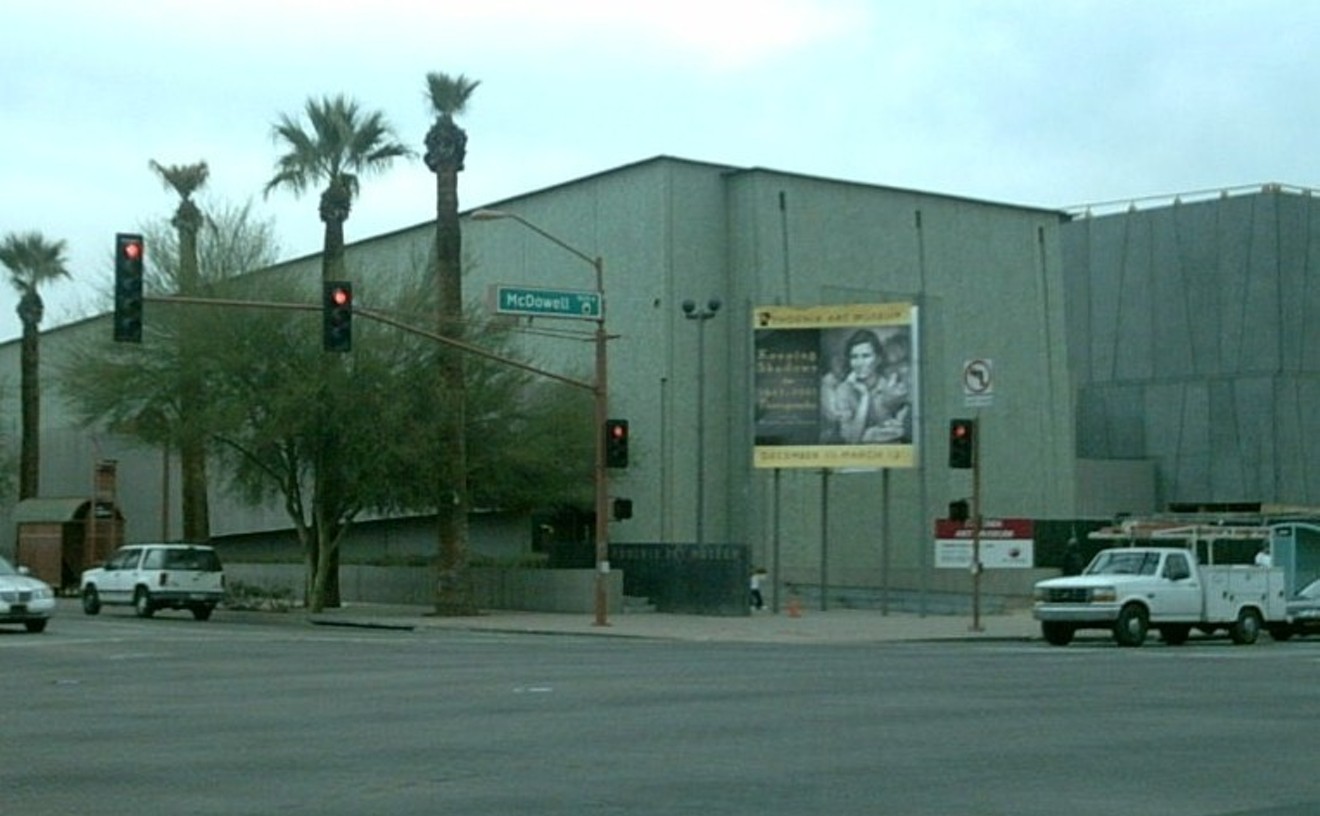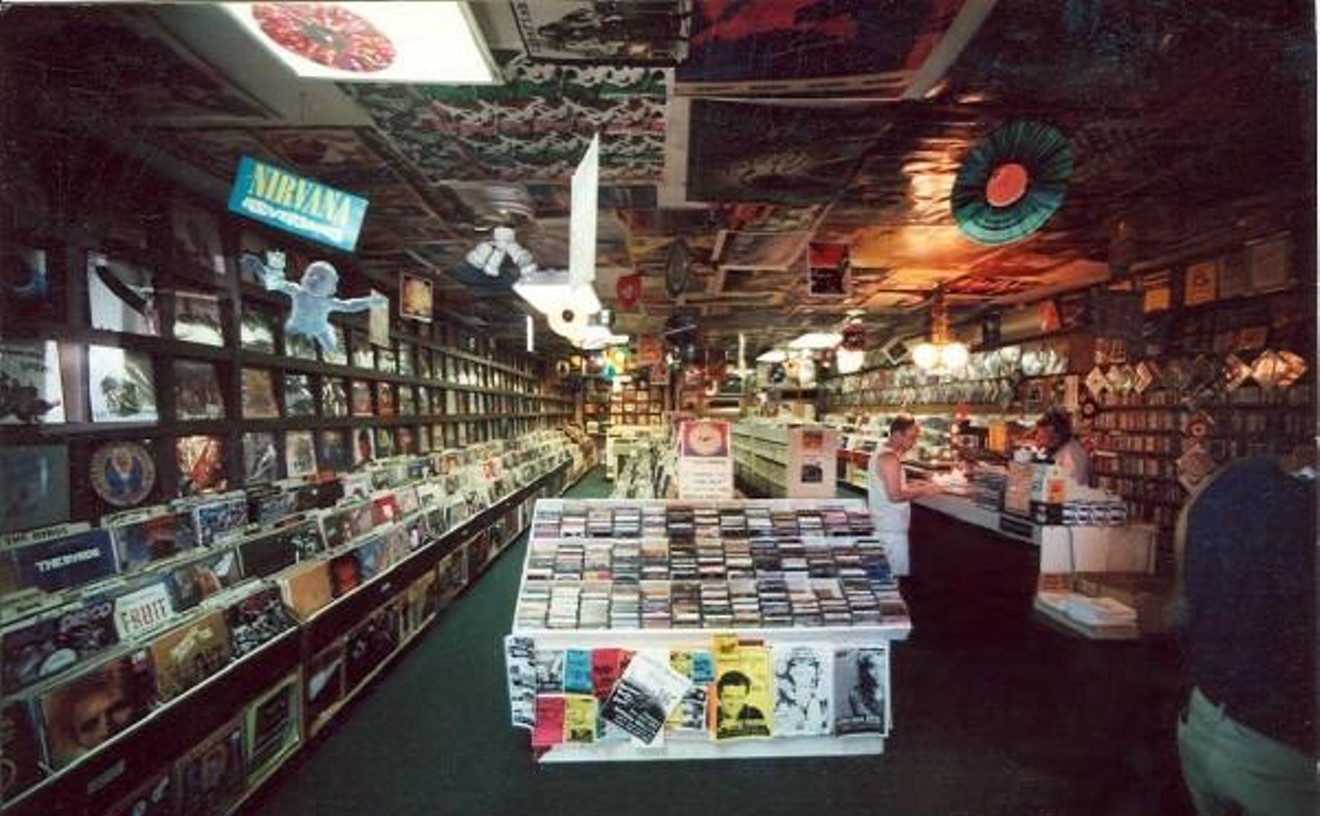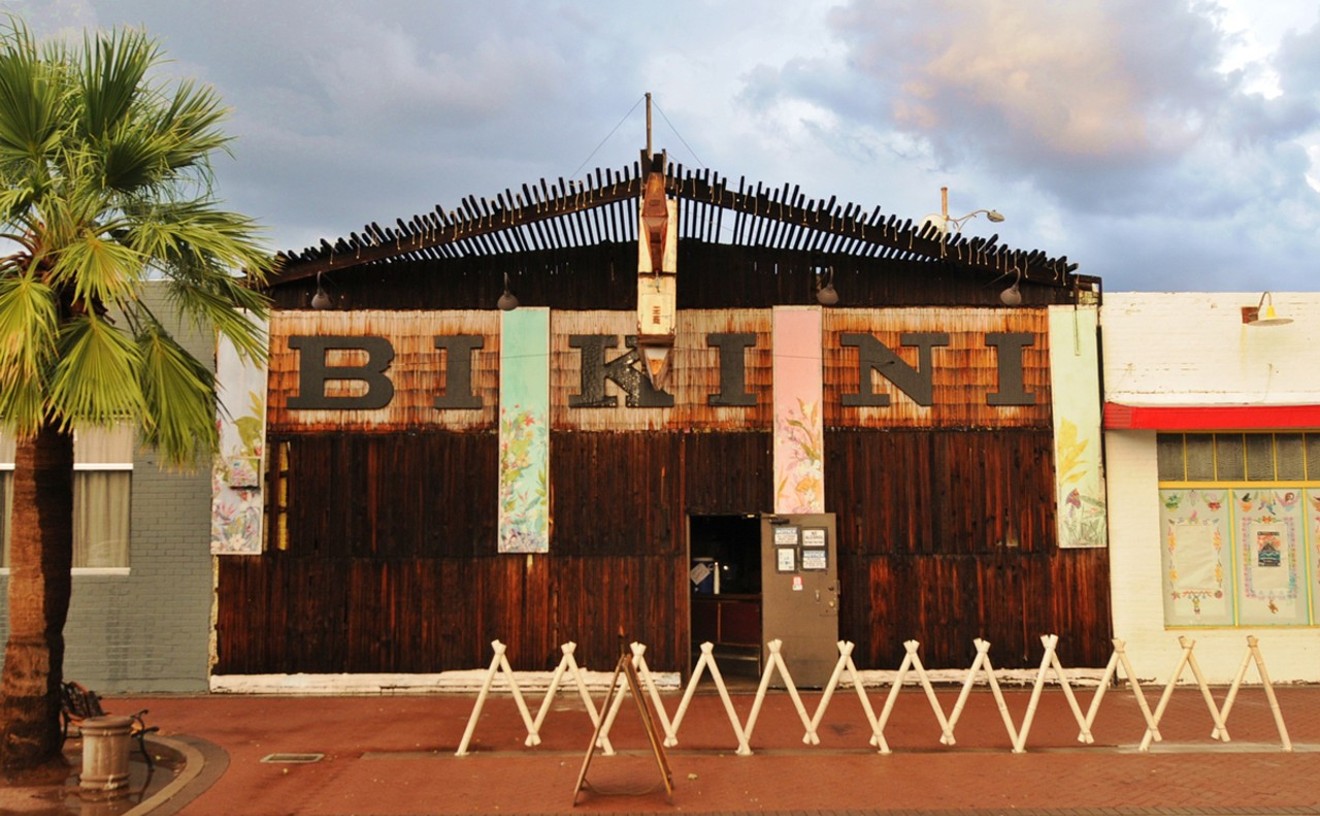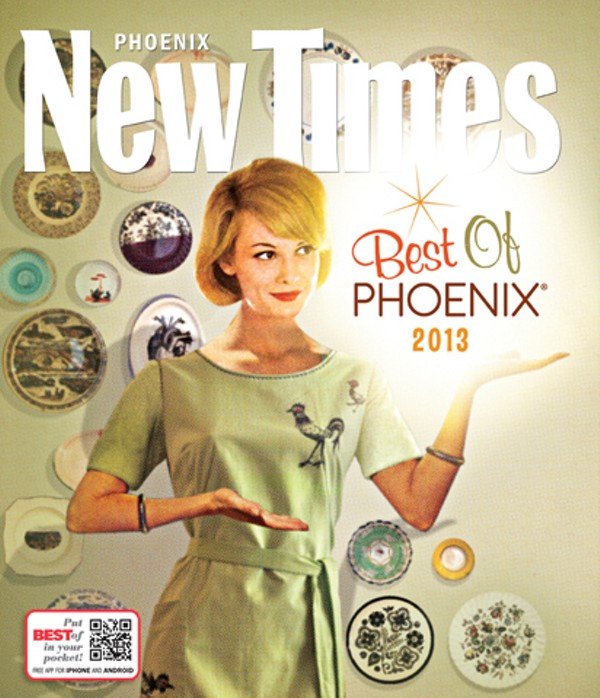It finally happened. I've stopped wanting to buy record albums.
It took nearly a half-century, and I'm not sure how I got here. Maybe I'm depressed, or tired, or maybe I've watched one too many episodes of Hoarders. Whatever the reason, I haven't spent much time lately sitting on the floor of my record closet. (People like me have record closets.) And I sort of lived in there for about 30 years.
Listen to Robrt Pela's "Final Vinyl" podcast.
I'd say that I'll miss the hunt, but the joy of finding that rare and unusual record vanished once eBay took off; today, your vinyl holy grail is pretty much always a couple of keystrokes away. And I'd say I'll miss visiting all the cool collectible record shops, but the truth is, there are not many of them to miss any more, really.
For decades, before most all of them closed up shop, I had a record store route: I'd start way out at Bookmans in Tempe, which had a music department run by a woman named Dino who gave clearance-sale pricing to her collectible vinyl. Then I'd head to Memory Lane Records, also in Tempe, a true collector's store run by a guy named Larry, where I'd stare longingly at all the mint-condition discs and, occasionally, shell out big bucks to buy something amazing. Back in Phoenix, I'd stop at the Zia on Indian School and then on to Prickly Pair on 12th Street, a massive, swamp-cooled room filled with low-priced treasures and overseen by a couple who bickered constantly, at least when I was there — thus, I suppose, the name of the shop.
I always ended my tour at Tracks in Wax on North Central Avenue. The owners, Dennis and Don Chiesa, were real record collectors. You could go in and say, "I'm looking for Shani Wallis' second album," and rather than ask "Who's Shani Wallis?" Dennis would chuckle and say, "I've only got the first one, on Kapp." These guys knew labels, and producers, and the most obscure artists you could mention.
Tracks in Wax opened in 1982, back when I was obsessing over late-'60s folk-rock records, and Dennis and I kind of bonded over John Stewart and Curt Boettcher. He was always trying to convince me to listen to more Bob Dylan and, when I read that Dennis died, two years ago, I played my well-worn copy of Highway 61 Revisited in his honor.
Dennis wasn't always the warmest person in any room, but he used to do this thing that proved he had a big heart: People would come in with a box of crap records — old, trashed Journey albums and 12-inch disco mixes and 45s with no sleeves; junk with zero resale value — and he'd give them five bucks for this useless garbage, just to be nice. After the customer had left, Dennis would put the box inside the front door with a sign reading, "Free records!"
Tracks in Wax is the only record store left from my old tour, and that may be why I'm less engaged in my old hobby. (Revolver Records over on Roosevelt is doing a good job of keeping the old collectible vinyl groove going, and Bookmans still sells LPs, but Dino must have moved on; the selection isn't quite the same these days.) It's possible that I finally have all the albums and singles I ever wanted, or maybe record collecting, a kind of a sickness, is something I've at last been cured of.
I sure hope Tracks in Wax is still there if I ever get sick again.
Tracks in Wax is at 4741 North Central Avenue. Visit www. tracksinwax.com.










